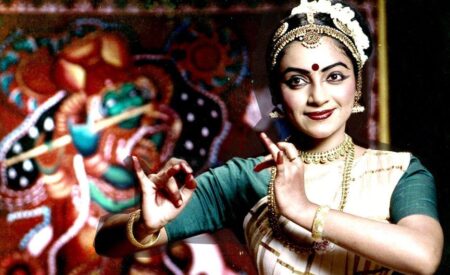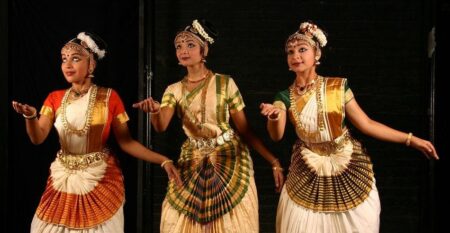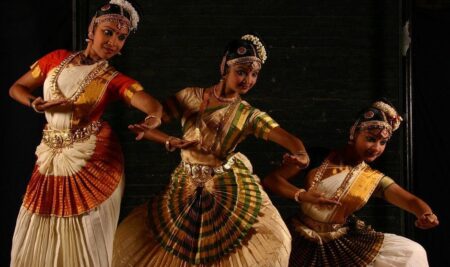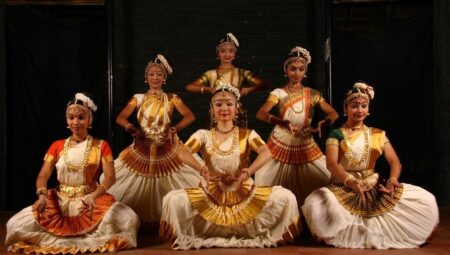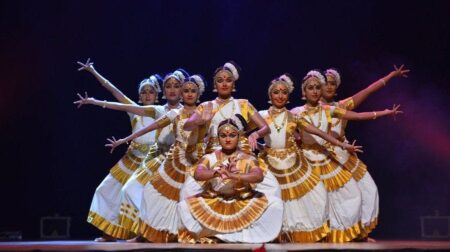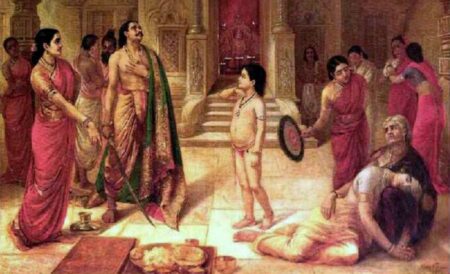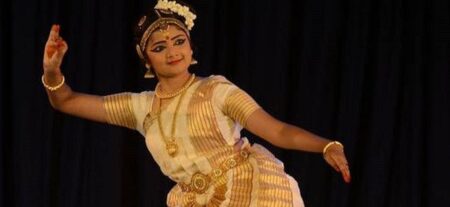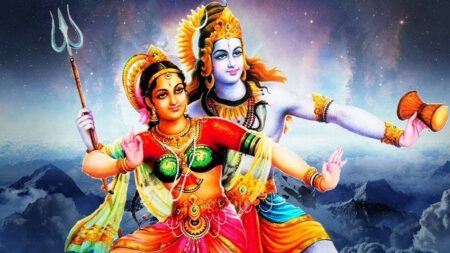The author traces the origins of dance forms involving solo performances by women, such as Mohiniyattam, Thiruvathirakkali and Nangiarkoothu, to folk art forms revolving around the worship of the Mother Goddess and kavus (sacred groves)
Author: Nirmala Paniker
There are distinct similarities between the lasya movements and the juggling techniques with a ball, described in the dance performances in the seventh century work Daśhakumāracharitaṁ, and Kerala dance forms like Mohiniyattam and Thiruvathirakkali.
From the Sangham era, the art of dancing had progressed gradually and flourished considerably during the Chera period because of the courtesy, patronage and benevolence by the rulers.
There are enough indicators in Silapathikaram that make us believe that a dance form which was a harbinger of Mohiniyattam was in vogue during those days.
Our myths and ancient literature have many references of Mohini and the lasya dance form.
Female-centric dance forms could have deeper connections to the female goddess worship and Tantric philosophies that flourished in Kerala in the medieval period.
The Lasya and Tandava traditions are deeply intertwined with the legends of Siva and Parvathi and the occult knowledge of the Tantra tradition.
Shiva matters only when it exists in union with Bhairavi. She appears as Mohini, an enchantress, in front of the meditating Bhairava

